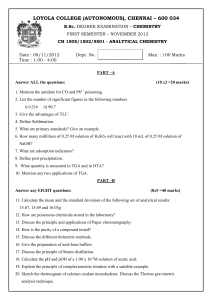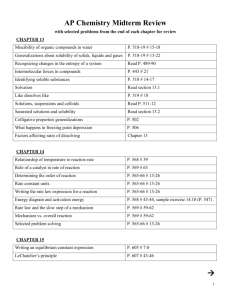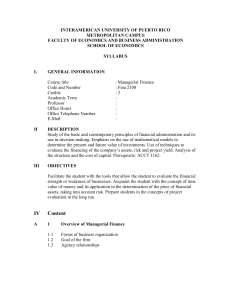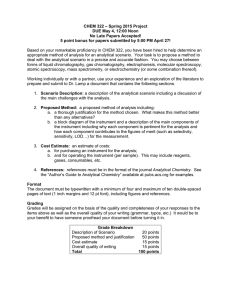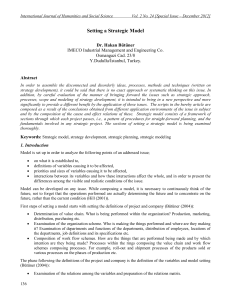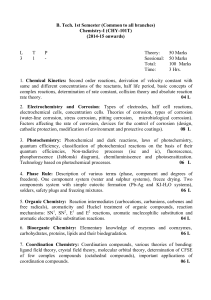File
advertisement
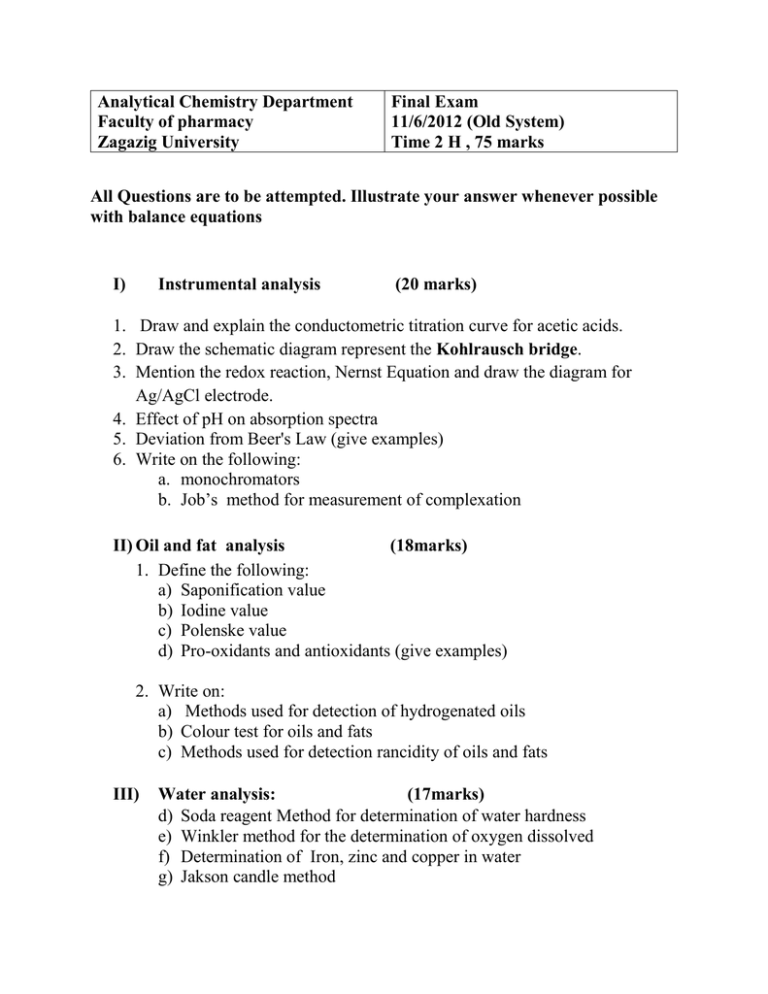
Analytical Chemistry Department Faculty of pharmacy Zagazig University Final Exam 11/6/2012 (Old System) Time 2 H , 75 marks All Questions are to be attempted. Illustrate your answer whenever possible with balance equations I) Instrumental analysis (20 marks) 1. Draw and explain the conductometric titration curve for acetic acids. 2. Draw the schematic diagram represent the Kohlrausch bridge. 3. Mention the redox reaction, Nernst Equation and draw the diagram for Ag/AgCl electrode. 4. Effect of pH on absorption spectra 5. Deviation from Beer's Law (give examples) 6. Write on the following: a. monochromators b. Job’s method for measurement of complexation II) Oil and fat analysis (18marks) 1. Define the following: a) Saponification value b) Iodine value c) Polenske value d) Pro-oxidants and antioxidants (give examples) 2. Write on: a) Methods used for detection of hydrogenated oils b) Colour test for oils and fats c) Methods used for detection rancidity of oils and fats III) Water analysis: (17marks) d) Soda reagent Method for determination of water hardness e) Winkler method for the determination of oxygen dissolved f) Determination of Iron, zinc and copper in water g) Jakson candle method h) Chlorination of water i) Determination of absorbed oxygen in water IV) : Write short notes on (ONLY Part A or B): (20 marks) Part A (Priciptmetry and Compexometry) 1) Enumerate: a. The methods used to increase the selectivity of EDTA b. General requirements for a good metal indicators 2) Back titrations are useful for complexometric determination of metal ions in the many cases. Discuss the sentence with examples 3) Masking and damasking agents. 4) Calculate a. Calculate the solubility product of lead phosphate (it is solubility is 0.00014 gram per liter; and M.Wt.= 811.7) (3 marks) b. Calculate of the solubility of silver chromate from its solubility product Ksp = 24 x 10–12, MW =331.8 5) Explain the principle of determination chloride by Mohr method. 6) Interference and limitation of Volhard method. OR Part B: Gravimetry 1. Homogeneous precipitation (give examples) 2. Pyrolysis curves for calcium oxalate 3. Advantages of organic precipitants
